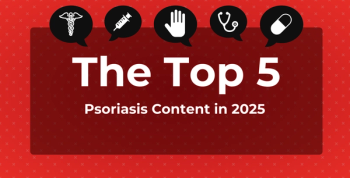
Addressing Physical, Emotional Pain in the Workplace Linked With Substantial Cost Savings
A report by the Harvard Business Review found a significant gap between employee needs and employer benefit offerings for treatment of physical and emotional pain, with a holistic approach associated with savings of 50% on medical claims for back and joint care.
As one of the
However, according to a report issued this week by the Harvard Business Review (HBR), nearly 1 in 3 employees say it’s taboo to talk about chronic pain at work, with 81% of surveyed managers also saying it is difficult to know if an employee needs support for a chronic condition.
The report,
Surveying 254 US respondents drawn from the HBR audience of readers (magazine/newsletter readers, customers, HBR.org users), participants answered questions on current benefit offerings at their respective organizations and perspectives on the impact of physical and mental pain.
Speaking on pain and productivity, a substantial number of respondents said it is difficult to be highly productive and engaged at work while experiencing physical pain (93%) and mental pain (92%). Moreover, 91% said that employers today could do more to support employees with mental health needs and 81% said the same for chronic physical pain.
So, what interventions are being provided to affected employees?
According to the
As COVID-19 has changed the way in which care is
However, the survey finds a significant gap (45 percentage points) in awareness about the availability of in-person physical therapy and virtual physical therapy.
With more than two-thirds of survey respondents (69%) saying that they believe their organization is open to new ideas for benefits and resources to address employees’ common health concerns, the survey indicates that companies will need to invest in educating employees on digital care and comprehensive preventive care and treatment that includes exercise, mind-body therapies, and psychological or behavioral counseling.
Notably, US Foods, one of America’s largest food service distributors, partnered with Hinge Health to employ its holistic digital musculoskeletal program. In addition to substantial cost savings
“The expansion of technology-enabled benefits during the COVID-19 pandemic can be a catalyst for supporting employees with additional digital care options that prevent and treat musculoskeletal pain,” said the study authors.
Newsletter
Stay ahead of policy, cost, and value—subscribe to AJMC for expert insights at the intersection of clinical care and health economics.








































